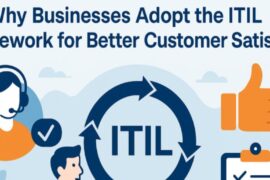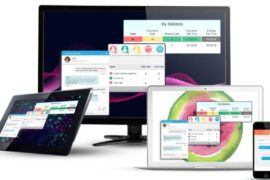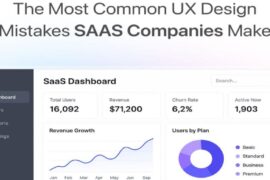2025 Mobile App Trends: From AI Prototyping to Edge Logic
The mobile app space never sits still. By the time one framework hits maturity, there’s already a shift toward something leaner, smarter, and more automated. So if you’re building mobile products in 2025 – or planning to – you need to keep one eye on what’s changing.
Here are five trends that are no longer just “nice-to-have” but are quietly becoming the baseline.
1. Prototyping with AI Isn’t a Shortcut – It’s a Starting Point
Gone are the days of spending weeks wireframing flows manually. Teams are now leveraging tools like Galileo or Uizard, powered by large language models, to build usable app prototypes in hours.
This isn’t about skipping UX work – it’s about starting earlier and testing smarter. AI-first prototyping lets PMs and designers generate layout ideas, copy suggestions, or even user personas based on real product context.
It also helps test assumptions fast. AI developers frequently support early-stage clients with AI-powered MVP prototyping to validate concepts before full-scale mobile development kicks in.
2. LLM Integration Is Going Native
Adding ChatGPT to your app isn’t a trend – it’s just table stakes now. The real shift is deeper. Developers are integrating language models like Claude or Mistral directly into native mobile apps for real-time features: smart support chat, automated scheduling, voice-to-action UX, etc.
Some apps even combine on-device processing with cloud-based LLMs to manage cost and latency. Think “AI as a UX layer” rather than a backend plugin.
Mobile app development companies are adapting to these needs, blending LLMs into onboarding flows, shopping assistance, and in-app personalization engines.
3. MVPs Are Getting Smaller (and Smarter)
You don’t need 10 screens, 2 payment providers, and 6 roles to test an idea. In fact, that’s often a trap. The smartest founders in 2025 are shipping focused, vertical MVPs – sometimes even with just 1 or 2 core flows.
The key is choosing the right slice of the product. What’s risky? What’s hard to fake? That’s what you build.
Firms like S-PRO specialize in reducing MVP scope without sacrificing insight. It’s about learning, not launching.
4. Privacy UX Is Now a Competitive Edge
People don’t read your Terms of Service. But they’ll remember how you handled that biometric prompt. Or whether location tracking was opt-in or off by default.
Privacy is UX now. Especially in fintech, healthcare, and public-sector mobile apps.
Teams are baking in compliance from day one – GDPR, HIPAA, and local equivalents. More importantly, they’re making data control part of the user journey. Think: editable consents, real-time access logs, “forget me” buttons that actually work.
Privacy has always been a requirement. In 2025, it’s also good design.
5. Cloud-to-Edge App Logic: It’s Not Just for IoT
This one’s more technical, but worth it.
With mobile processors getting stronger (think Apple’s M-series bleeding into iPhones), some apps are shifting logic back to the edge. Translation? More decisions happen on the phone, not the cloud.
That means faster AI responses, less dependency on flaky connections, and better cost control. It’s especially useful for international apps or apps used in low-connectivity regions.
Data-heavy apps – those with AI features or predictive logic – are adopting edge inference engines to make this viable. Think TensorFlow Lite, CoreML, or WebAssembly runtimes embedded inside hybrid stacks.
Edge isn’t just for sensors anymore. It’s where smart mobile is going next.
Wrapping Up
Mobile development in 2025 isn’t about chasing trends. It’s about staying sharp where it counts. Use AI where it saves time. Build smaller MVPs to learn faster. And treat compliance like part of the product.
If you’re looking to build smarter mobile tools – especially ones that involve AI, MVP validation, or custom backends – start with teams who know both the code and the context. Because in mobile, what you don’t build is just as important as what you do.































